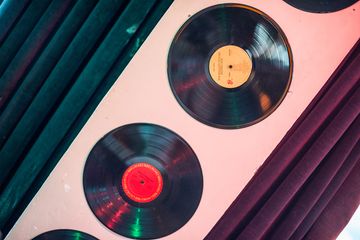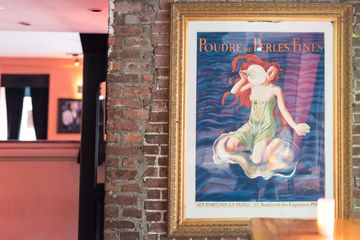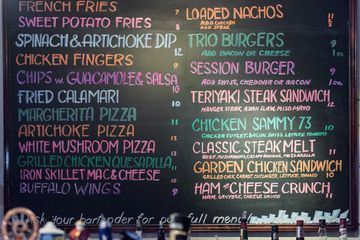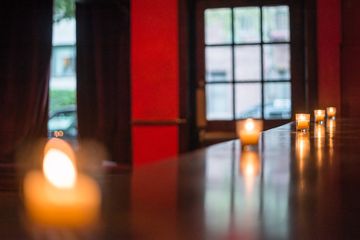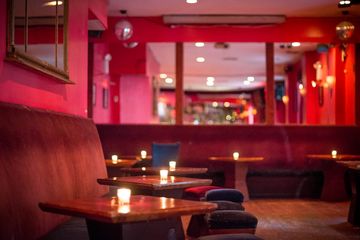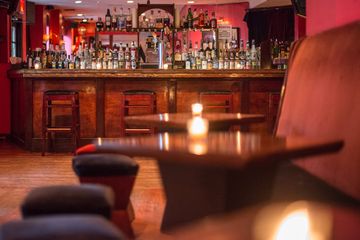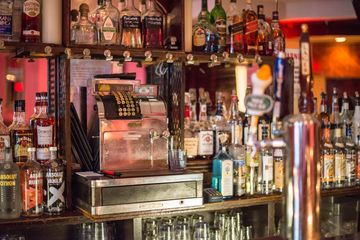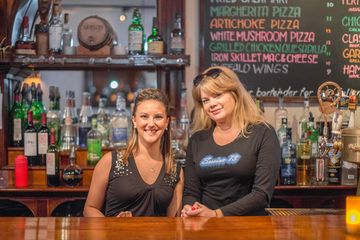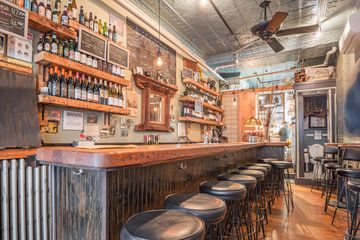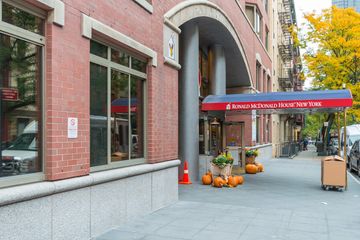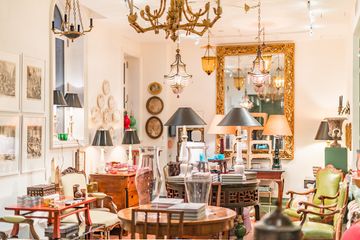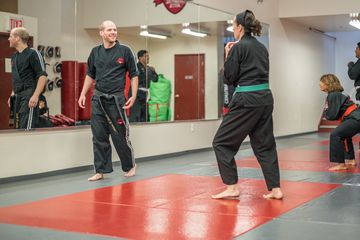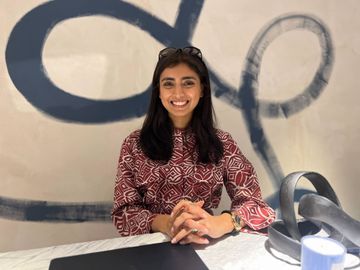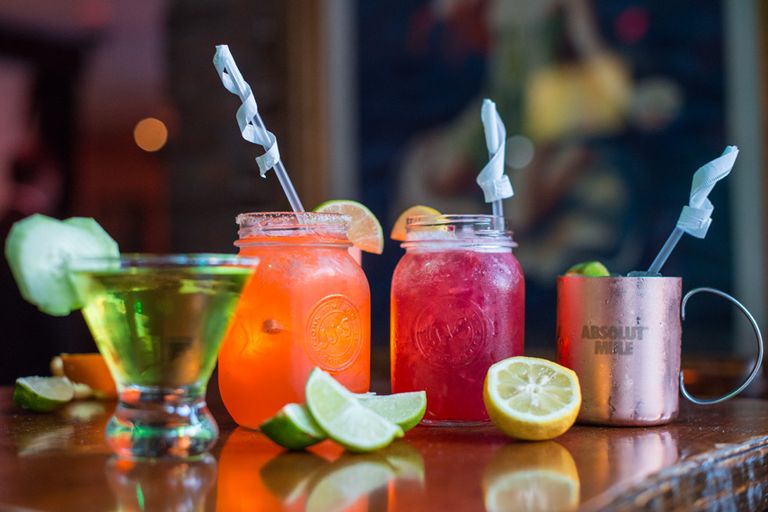
Session 73 is the everyman's live music bar. With a casual vibe and bands that always get the crowd moving, the space is the essential neighborhood watering hole. Ryan Morrissey, the general manager, spoke about the bar's origins and the reason for its success.
Corby Thomas, the owner of Session 73, noticed that there was no venue for live music on the Upper East Side. He opened the bar in 2000, but as a harmonica player, he really wanted to bring in blues and funk groups. The neighborhood, however, made its wishes known and embraced cover rock. "Music is the life blood of this place," Ryan said, adding, "Musicians like being here." Some of the bands return multiple times, including "The Characters" who have been performing at Session since 2002. Many of the bands play "just to have a good time," whereas others are often school teachers or engineers, performing here as an outlet for their creative side. This attitude seems to resonate well with the patrons, as they, too, are able to get into the music. According to Ryan, "People get goofy and have a good time," causing the bar to become "really high energy at night," with people dancing and singing along.
It is not solely about the music: the food and drink have also attracted attention. The bar's sliders have been especially popular since day one, and the innovative cocktails on the menu are often requested, especially since two employees, Lauren and Christina, started infusing their own liquors behind the bar. On the day that some of us from Manhattan Sideways stopped in, the glass vats of cucumber lychee and cucumber lemon gin were about to be switched over to pumpkin spice vodka for the fall. The Moscow mule was mixed to perfection while the special of the day, a cucumber martini, was refreshing. We also tried Ryan's personal favorite, the Strawberry Habanero Margarita with smoked paprika salt on the edge. His description works best: "It doesn't hit you hard, but then you feel it." Finally, we sampled a bright red "wicked lemonade" made with a house-made mixed berry simple syrup.
As we sipped on the concoctions, I asked Ryan about the crowds that they receive. He explained that they get all sorts of people visiting Session 73, but that most are locals rather than tourists. Because of this, they often are quite well-dressed. There is no dress code, but people on the Upper East Side "tend to want to look their best." The busiest day, oddly enough, is Sunday. "It's the craziest thing I've ever seen," Ryan said, wide-eyed, describing the big rush that occurs on what is considered to be the slowest day for most businesses.
Ryan showed us to the Session 73's back room, which is used for private events and holds up to eighty people. A variety of functions happen in this room: Ryan is especially proud of the charity events that the bar hosts, but the back room has seen everything from first birthday parties to funeral wakes. "The bar is here for its neighbors through all stages of life," Ryan offered. "People meet and get married and have kids in this bar." He should know - Ryan met his wife at Session 73. In closing, Ryan shared that his neighborhood staple inspires the locals. When he stands out front, he often hears someone reminiscing about the time that they have spent here. Some of his favorite lines have been, "Remember when we were there last weekend," or "That was a wild night," and, of course, "I love that place!"

